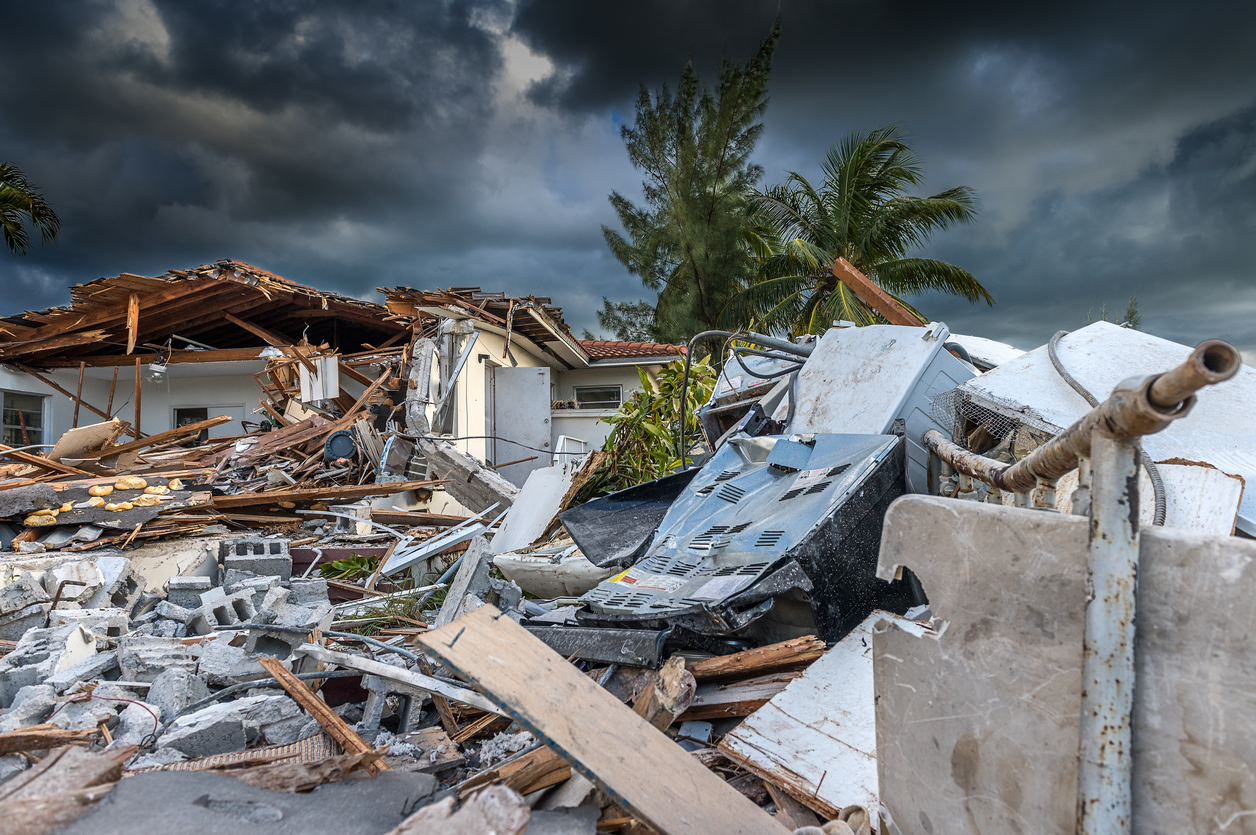Fires, and especially the recent California wildfires, are going to raise questions related to the long-term impact of fire, smoke, and the effects of smoke particulates on electrical gadgets, computers, and apparatus. We live in a day when computers and small computer chips are in virtually everything electrical or mechanical. It is an obvious question after a fire whether the smoke causes these fine electrical machines and gadgets to break down in the long or short term.
I sued a major insurance company for refusing to replace electrical components in a kitchen that suffered a fire. The electrical components failed and caused a second fire which burned the entire home to ash, needlessly destroying all the family heirlooms and approved repairs from the first fire.
This type of insurance company greed and refusal to approve a safe method of repair can be the most maddeningly damaging aspect of claims adjustment encountered. The cost to replace something questionably damaged by smoke and fire is something most field adjusters have fights with their managers trying to make management imposed unit or geographic claims severity numbers and profit goals. Paying more goes to the bottom line goals and creates a lot of conflict with ethical claims adjustment.
The field of science is not the clearest on this topic because there are so many variables. Here is one conclusion:
Equipment damage from smoke stems primarily from an increased resistance in circuits and connections by corrosive metal loss, and creating conductive paths for current leakage due to smoke deposition. The former may take hours or days after the fire is extinguished to manifest itself in equipment failure, while the latter may occur at failure levels any time soon after initial smoke exposure.
The literature review on smoke corrosivity testing and damage due to smoke deposition emphasizes (despite extensive research on smoke corrosivity) the lack of validated and widely applicable prescriptive or performance-based methods to assure electrical equipment survivability given exposure to fire smoke. Corrosion failures following smoke exposure take days or longer to manifest themselves, and corrective actions in the interim time can take place if the exposure is not too severe and intervention is timely.
Circuit bridging via current leakage through deposited smoke was identified as an important mechanism of electronic and electrical equipment failure during NPP fires. In order to assess the potential for damage due to smoke exposure, relationships between smoke exposure and the failure of real electronic components need to be established. A smoke damage routine developed for a fire model could then assess the near term (during and soon after exposure) damage potential of electronics and electrical components design fire exposures.
In the longer term, better understanding of combustion, gas-phase, and liquid chemistry could allow estimates of the formation rate of smoke and acid gases as a function of the ventilation, thermal, and fire environments. Understanding of absorption of acid gases by smoke and its deposition on surfaces (as a function of temperature, humidity, and smoke reactivity) would be necessary to develop models that could estimate the deposition behavior of smoke.1
But here is a quote from a study which seems to suggest that almost all metals from fire smoke have damage:
The deleterious effects that combustion products generated during fires can have on normal construction materials have been well-documented. The combined effects of fire, corrosive smoke and particulate have been defined as fire corrosivity. While the effects of fire corrosivity are well-known, little quantitative information is available concerning the mechanisms involved and the degree to which materials, particularly metals, are susceptible. Consequently, a study which was conducted to begin examining the effects of fire and smoke corrosivity on metals is described and the results are presented. Various metal targets were exposed to corrosive smoke and fire particulate produced from polyvinylchloride (PVC) samples burned in a cone calorimeter. The target materials consisted of 304 stainless steel, 1010 carbon steel and 70-30 CuNi alloy. In addition to metal targets, electrical resistance probes were also utilized in the testing to monitor in-situ corrosion rates. The probe materials corresponded to the metal targets so that a comparison could be conducted. After testing, both the metal targets and corrosion probes were sectioned and prepared for analysis using standard metallographic techniques. The targets and probes were analyzed for corrosion products and depth of attack. Results from this testing show that all the metal targets proved highly susceptible to the effects of fire and smoke corrosivity attributed to the burning of PVC samples.2
The bottom line is that ethical adjusters have to be concerned with paying for replacement of electrical components of their customer’s property following a fire damage. “Better safe than sorry” is a practical way to prevent causing a second fire or event which could impact human safety. After all, insurance customers are paying for security and safety rather than taking on unnecessary risk. The entire concept of insurance gets defeated when claims managers start making claims decisions based on insurer profit over customer safety.
Thought For The Day
“If you have built castles in the air, your work need not be lost; that is where they should be. Now put the foundations under them.”
― Henry David Thoreau
________________
1 A Literature Review of the Effects of Smoke from a Fire on Electrical Equipment, NUREG/CR-7123, Washington, DC: U.S. Nuclear Regulatory Commission, Office of Nuclear Regulatory Research, [2012].
2 Patton, Joel S., Fire and Smoke Corrosivity of Structural Materials, Journal of Fire Sciences, Vol 10, July/August 1992.



